Drinking water is of paramount concern to British Columbians. Government regulates the safe and reliable supply of drinking water primarily under the Drinking Water Protection Act. However, additional laws are in place to protect drinking water while carrying out activities like mining, forestry, range use and oil and gas development on Crown land. The law that regulates forest and range activities on Crown land is called the Forest and Range Practices Act (FRPA).
This special investigation is about how well forestry and range use provides for the protection of drinking water as required under FRPA. The investigation focuses on how the requirements for drinking water are being met in a sample of 466 designated areas, referred to as community watersheds. These areas are designated because government decided the watersheds require special forest management for the protection of drinking water.
The findings of this investigation suggest that the designation of community watershed is inappropriate in some watersheds, and where it is warranted, the protection provided is inadequate.
The Forest Practices Board is concerned with the growing number of non-compliances showing up in recent audit reports, and is very concerned about how many of those non-compliances involve unsafe bridges. Based on these audit results, the Board undertook a special investigation of bridge planning, design and construction. Over the 2013 field season, the Board examined 216 bridges built on resource roads since January 2010 in five districts around the province.
The investigation focused on safety, protection of the environment and planning. Results were variable across the five districts and amongst builders.
This special investigation looked at karst management on northern Vancouver Island and did not determine that any caves or significant karst features had been damaged or rendered ineffective by forestry activities. However, investigators were only able to assess the portions of karst terrain thatwere readily visible; they did not assess the subterranean portions.
The Board acknowledges that forest management on karst terrain can be challenging, due to identified surface karst features being only a small part of the karst terrain as a whole; and that this is further complicated by legislation that only focuses on caves and very specific karst features.Since much of the karst terrain cannot easily be assessed, the Board believes it is important that forest professionals take a cautious approach when addressing karst features and utilize karst specialists and the best available information when assessing karst features and prescribing management strategies.
Planning and practice requirements of the Forest and Range Practices Act (FRPA) and the Wildfire Act (WA) are the minimum legal requirement on public land in British Columbia. The government inspects licensees’ forest and range activities for compliance with these requirements and may take enforcement action for non-compliance. This helps to hold licensees accountable and is an indication that the legislation is working.
In 2010, the Ministry of Forests, Lands, and Natural Resource Operations (MFLNRO)—the government ministry responsible for monitoring forest and range activities on public land—began inspecting activities other than forest and range as part of its new legislative responsibilities. In this report, the Board looked at the extent to which the government still inspects forest and range activities. It found the number of inspections of forest and range activities for the year ending March 31, 2012 were a third of the number carried out three years earlier.
